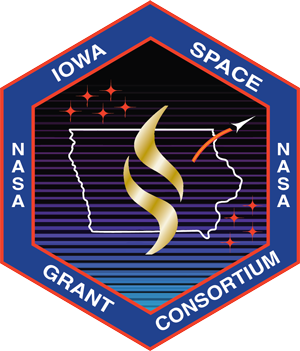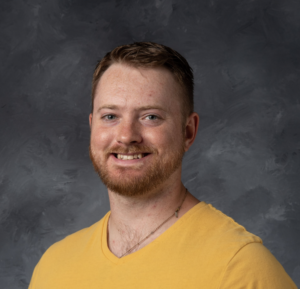In recent years, research into radiation-hard, high-temperature, and high-voltage devices made from wide bandgap semiconductors such as SiC, GaN, and Ga2O3 in the spaceflight industry has only increased due to their lower cost, volume, weight, and power consumption when compared with silicon chips. These advantages translate to more efficient spacecraft with greater functionality and promise to substantially impact the monetary costs associated with launching payloads. However, despite their intrinsic radiation hardness, the irradiation of planetary environments inevitably results in the formation of deep-level defects in the crystal structure which reduces the operating temperature, voltage, and carrier mobility, eventually resulting in device failure. These unfavorable outcomes necessitate a nondestructive method to quantify the type and density of deep-level defects in wide bandgap semiconductor devices.
The goal of this project is to validate our model of radiation-induced deep-level defects containing unpaired electrons (i.e. spin centers), which will provide a foundation for a simulation tool to identify the type and density of radiation-induced defects in wide bandgap semiconductors. Spin centers can be modeled as synthetic atoms with spin states sensitive to magnetic fields, and their optical or electrical properties have a characteristic response to a Zeeman magnetic field. This makes magnetic resonance simulations and corresponding measurements an attractive choice to characterize these defects. The proposed project would first develop a quantitative theory for identifying optically-active spin centers (i.e. color centers) by simulating optically detected magnetic resonance (ODMR), and then address identifying optically-inactive spin centers by simulating electrically detected magnetic resonance (EDMR).

